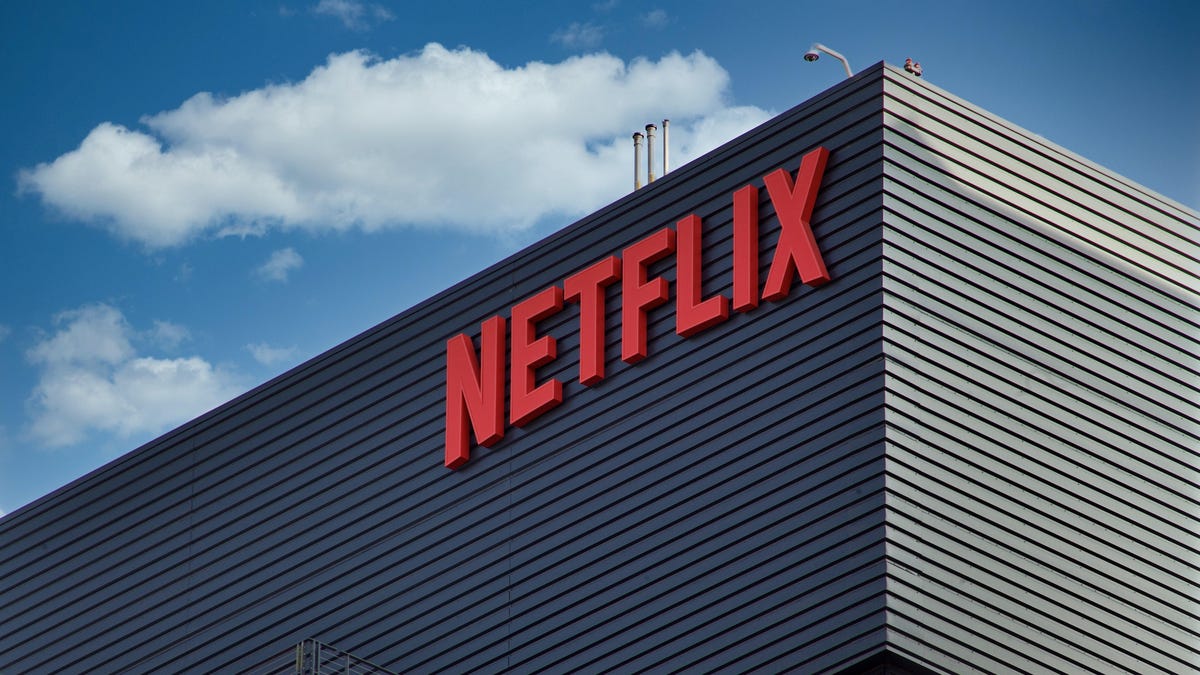
No one wanted this day to come, but, alas, here we are: Netflix has officially announced plans to start charging users in the U.S. for sharing accounts. You likely heard about the company’s initial plans to do so earlier this year, plans that were, following heaps of criticism and confusion, quickly and quietly put on the back-burner. But not that far back. We’ve enjoyed a couple extra months of free password sharing, but now, Netflix is finally ready to start charging you for letting your friend binge Stranger Things.
According to its Q1 report, Netflix already tested paid sharing in four countries: Canada, New Zealand, Spain and Portugal. The company is, “pleased with the results,” and while it says it could have rolled out paid sharing during Q1, they “found opportunities to improve the experience for members” first.It’s still not clear exactly when Netflix will drop the hammer, but the company confirms it will be sometime in the second quarter of the year, which ends in June—so, pretty soon.
How Netflix plans to limit password sharing
In short, Netflix’s new policy is thus: “A Netflix account is meant to be shared in one household,” like something out of biblical times. According to the Book of Netflix, anyone who lives outside of the household needs their own account. It’s a departure from the password sharing model we’ve heard up until now, under which Netflix would charge a certain amount for each user accessing an account from outside the household.
That’s all we officially know right now. However, back in February, the company gave more details on how this new policy will work. Netflix says it uses IP addresses, device IDs, and account activity from devices signed into your Netflix account to determine whether the device is streaming inside the household, or outside of it. If you’re the account owner or live in the same house as the account holder, you can stream and download Netflix to your heart’s content, as long as you have enough screens on your particular plan. If you don’t, Netflix would like to remind you it has multiple plans at multiple price points, such as their new ad-tier plan.
That said, Netflix won’t completely stop you from watching on an account outside the household. Even if you aren’t trying to share an account, traveling still exists, and it would be an affront to customers if they couldn’t watch Stranger Things from their hotel room. Here’s Netflix’s policy for watching outside of your home base: If you’re using a device that connected to the household wifi to watch Netflix, you should have no problem using it while outside the household. Watch a show on your iPad at home, and it should be smooth sailing when you access your account on vacation.
How to get around Netflix’s “home base” password restrictions
According to Netflix’s U.S. help page, it seems like it should remain pretty easy to stream on devices that have never connected the household’s wifi. If you try to watch on, say, your smart TV outside of the account holder’s house, you will initiate a prompt to verify that device. The account holder will receive a four-digit code to their email or phone number, and you must enter that code on your device within 15 minutes. If you do, your device will be verified as part of the household, and you should be good to go.
Netflix seems to regard this process as necessary for household members who are traveling outside the home base for too long. However, it’s an obvious loophole for people who want to use someone else’s account as they do now. Periodically verifying devices is probably worth more than an individual Netflix subscription to a lot of people.
Netflix could crack down harder on U.S. customers in the future
Don’t get too excited, though: Netflix might make things more difficult than that in the future. In Chile, Costa Rica, and Peru, Netflix requires you to sign into Netflix on the household wifi once every 31 days. Otherwise, that device will be blocked from the service until it reconnects to the household wifi. That makes it difficult to share accounts when people don’t live close together, and virtually impossible on devices that aren’t portable. Sure, you could sign into Netflix on a laptop or tablet whenever you visit your parents, but are you going to lug your smart TV home, too?
It’s not clear if that policy is making its way to the U.S., as well: Netflix is reportedly currently testing other policies around the world, including offering password sharing for a fee, so we may or may not see a policy shift in the future.
Until Netflix officially rolls out paid sharing as a policy in the U.S., it isn’t clear exactly how it’ll work. However, there’s no reason to think at this time the company will go back on what it has done before. If it doesn’t, password sharing should still be feasible for those of us who want to continue doing so—assuming you don’t mind your friends and family pinging you and asking, “Hey, what’s the Netflix code?”
This article was updated Wednesday, April 19. We added context about Netflix’s recent announcement that paid sharing would be going into effect Q2.

Comentarios recientes